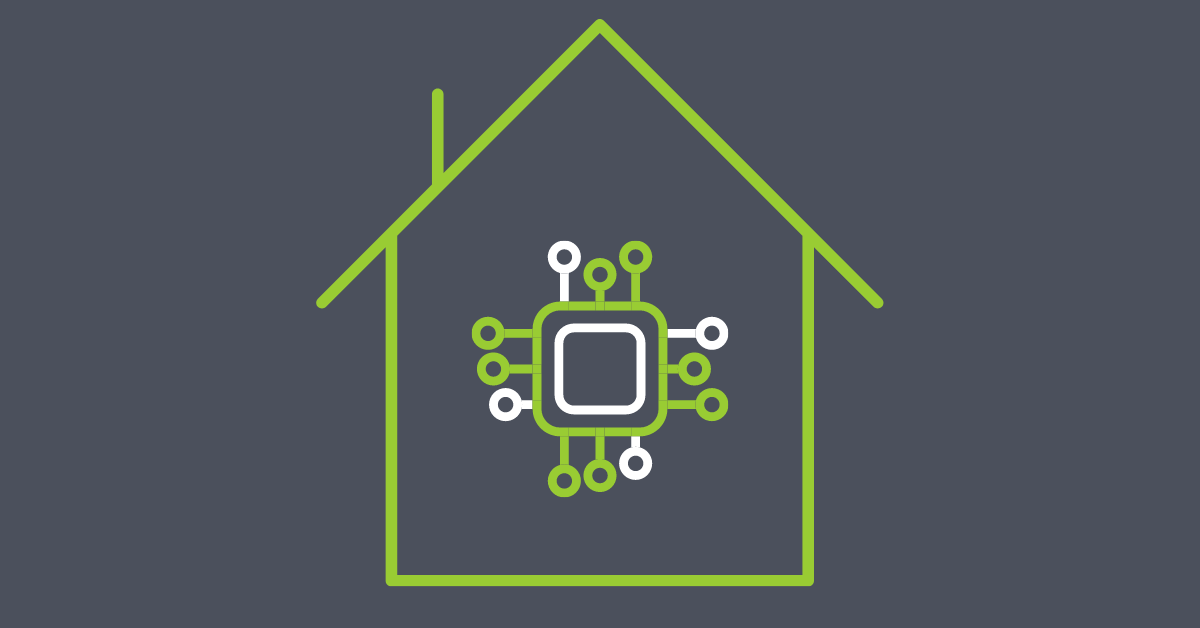
Another week and we have two more dire warning shots of forecast blackouts this summer. These come from The Wall Street Journal and describe challenges from the Midcontinent Independent System Operator (MISO) region to California. Michigan’s Palisades Nuclear Generating Station shut down permanently on May 20th taking out 6.5% (800 MW) of the state’s electricity supply (gulp). The Journal notes it is part of Michigan’s transition to all renewable energy. They also write that it was slated for closure for five years, but Governor Whitmer waited to throw a last-minute Hail Mary just one month before closure to the federal government to prop it up – too little, too late.
The other article, America’s Summer of Rolling Blackouts, notes that 3,200 MW of thermal power from nuclear and coal have shut down since last summer for the same reasons described above and that two-thirds of the country could experience blackouts this summer.
Hurray! Where are the candles?
Supply is down, demand is up, and prices are way up. Four years ago, in Maxed Out Renewable Energy, we posted the following graphic. It asks: Is wind, solar, and transmission (not even storage) less expensive than thermal power with coal? I knew the answer, but why spoil the party. Nobody listens until there’s a crisis.
 Since the spigots of oil and natural gas have been closed or pinched, the price of natural gas has skyrocketed, and guess what – more coal is being consumed as a cheaper alternative this year. There are no unintended consequences.
Since the spigots of oil and natural gas have been closed or pinched, the price of natural gas has skyrocketed, and guess what – more coal is being consumed as a cheaper alternative this year. There are no unintended consequences.
I’ll come back to these policy yoyos sometime soon.
Shifting Passions
Readers have a range of passions for our industry. Mine is rooted in resource preservation and sustainability, as in, don’t ruin things. For example, we’ve had some heavy rains here, and it still kills me to see tons of soil cut out of hillsides piled in a silt bed or creek. That won’t be reversed. Now I can add, don’t ruin businesses, or lives with high prices and dangerous power outages.
Last week we posted this fine cartoon showing the ramp wall and the need to level it to reduce the risk of outages and save money. The ramp occurs as the sun sets and solar supply plummets while people go home and light up the house, turn on the television, and start making dinner. As explained last week, it is vital to shut off the lights and air conditioning back at the office.
 Shifting Risk
Shifting Risk
MISO’s report, Renewable Integration Impact Assessment, provides the following risk factors for wind, solar, and the combination of the two. LOLP is loss of load probability. I don’t know why they call it load rather than supply. You be the judge. Anyway, it’s really the loss of supply risk, LOSR, or loser, get it?
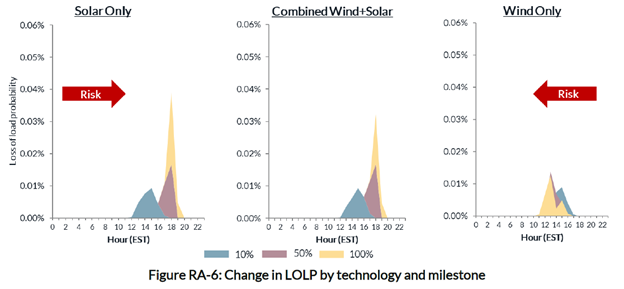 We see here that this is sometime in the shoulder months when solar is quite strong, and the wind blows the hardest. How do I know? Not because the MISO report says so, but because the peak LOSR occurs when the sun sets around 6:00 PM. The LOSR risk for wind happens in the middle of the day. If you can honestly answer why that happens without looking, I’ll find someone to give you $100. Wind generation falls in the middle of the day because of solar heating of the earth. Air at ground level heats up, rises, and impedes wind speed at turbine height. At night, the temperature profile from the ground up inverts and the wind flow at turbine height is disconnected from earthlings’ space.
We see here that this is sometime in the shoulder months when solar is quite strong, and the wind blows the hardest. How do I know? Not because the MISO report says so, but because the peak LOSR occurs when the sun sets around 6:00 PM. The LOSR risk for wind happens in the middle of the day. If you can honestly answer why that happens without looking, I’ll find someone to give you $100. Wind generation falls in the middle of the day because of solar heating of the earth. Air at ground level heats up, rises, and impedes wind speed at turbine height. At night, the temperature profile from the ground up inverts and the wind flow at turbine height is disconnected from earthlings’ space.
The following plot shows the net result in one easy-to-read graph. As renewable penetration increases, LOSR increases, but for a shorter time. The net risk may be the same, but it’s compressed into a shorter window, all else equal.
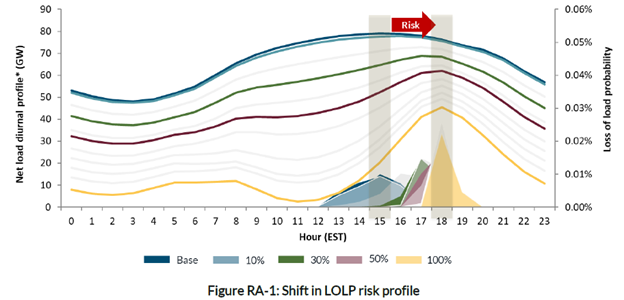 Question: So? Answer: Demand response! Rather than having a low risk over eight hours, we have a higher risk for a couple of hours – much easier to manage for somewhat frequent events – like 40 per year.
Question: So? Answer: Demand response! Rather than having a low risk over eight hours, we have a higher risk for a couple of hours – much easier to manage for somewhat frequent events – like 40 per year.
Automated Demand Response – ADR
Many regions of the country are deploying smart thermostats and moving away from direct load control[1] to allow for a better customer experience and temperature control of their homes. An equal or greater opportunity exists in non-residential buildings using an open-source protocol like OpenADR.
The OpenADR system includes a virtual top node controlled by a utility, DR aggregator, or regional transmission organization. Buildings have virtual end nodes that tell a building automation system like Siemens, Trane, Automated Logic, or Carrier when a curtailment event is triggered.
Although smart thermostats are far more sophisticated than the programmable thermostats from back in the day, they have simple directions to control connected loads. I.e., give me heat or give me cooling. Commercial systems are 1e6 more complex because they control pump and fan speeds, valve and damper positions, water temperatures, and even air temperature.
Building automation systems can limit fan or pump speeds, change space set point temperatures, and limit the load on any piece of equipment, like a chiller. Things can be prioritized, like shutting things down in low-occupancy spaces or places where a little sweat won’t be noticed much – like a gymnasium.
Demand Limiting
As energy prices soar, people react in real-time to minimize their consumption. For instance, newer cars provide instantaneous and cumulative trip gas mileage. You can see how stomping on the pedal for a rush of acceleration, jamming gobs of air and fuel into the combustion chambers may be fun, but it destroys cumulative mileage. Compare that to setting the trip odometer to zero on a full tank and calculating mileage at the next fill. That doesn’t do anything except shift all blame to the car while the driver can manage a lot in real-time.
Building operators need the same real-time dashboards that cars provide. The next curve provides information after it is too late, like checking mileage once per fill-up. If this customer had a view into what they were doing in real-time, acting for 90 hours a year would reduce demand charges by $30,000, possibly even aligning with grid peak loads! Cost? Paying attention and reacting.
 Want More?
Want More?
Most of the content of the last three posts, plus design considerations for future smart-electrified buildings, are rolled into one easy reading paper available to utilities and grid operators. Request the paper here, and we’ll drop it in your inbox.
[1] Radio or cellular signals pinging cutout switches on air conditioners and water heaters.
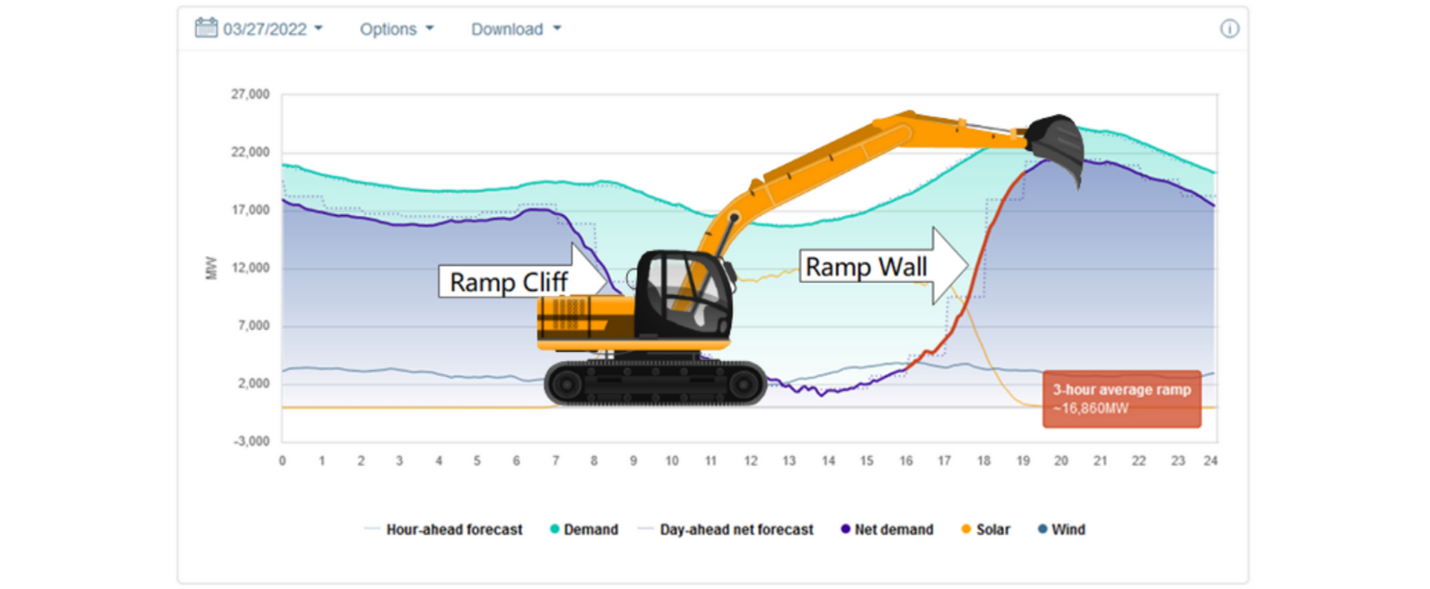 Shifting Risk
Shifting Risk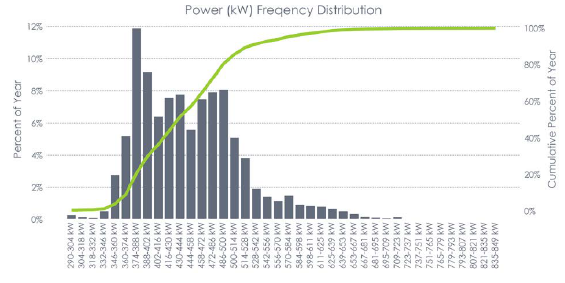 Want More?
Want More?



